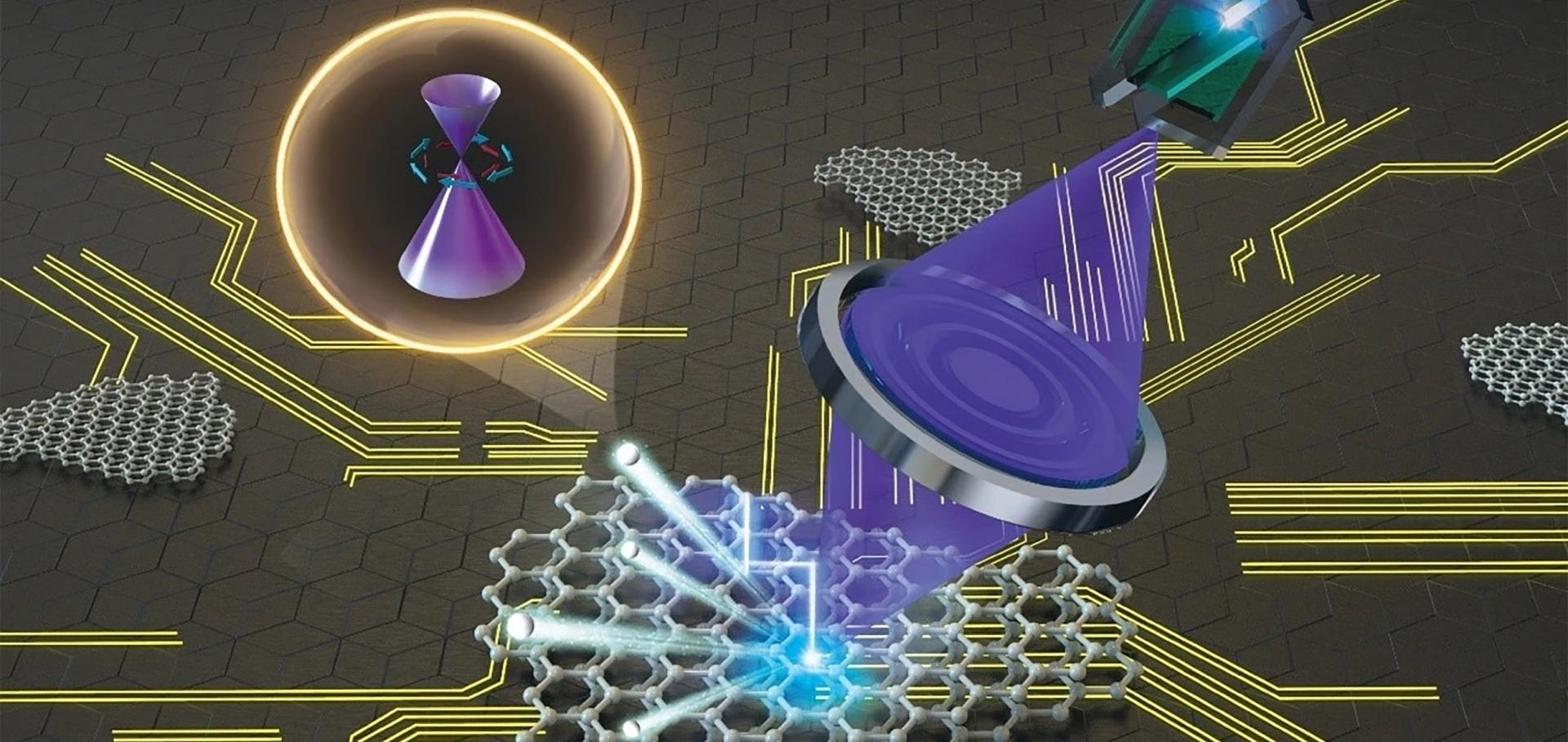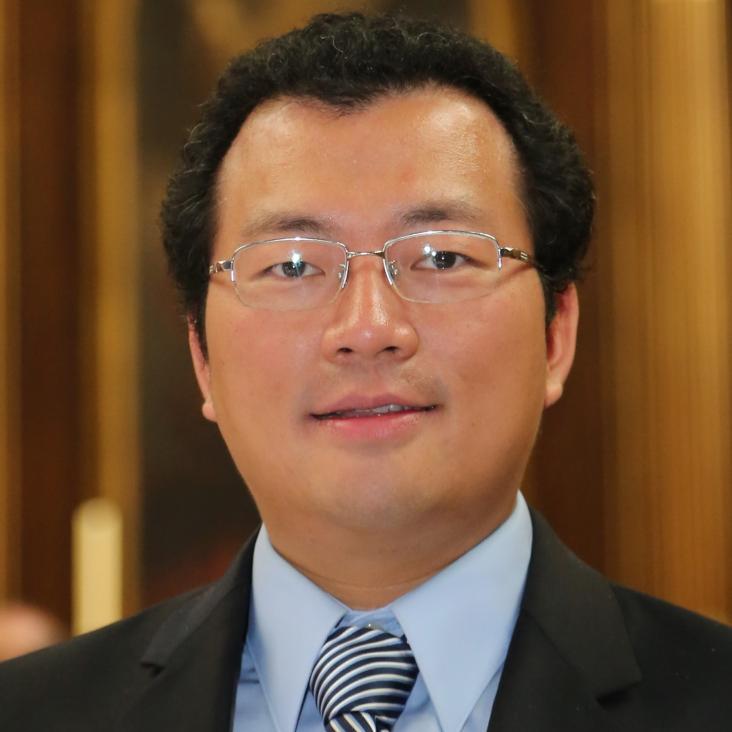Discovery of a three-dimensional topological dirac semimetal, Na 3 Bi
Science 343:6173 (2014) 864-867
Abstract:
Three-dimensional (3D) topological Dirac semimetals (TDSs) represent an unusual state of quantum matter that can be viewed as "3D graphene." In contrast to 2D Dirac fermions in graphene or on the surface of 3D topological insulators, TDSs possess 3D Dirac fermions in the bulk. By investigating the electronic structure of Na3Bi with angle-resolved photoemission spectroscopy, we detected 3D Dirac fermions with linear dispersions along all momentum directions. Furthermore, we demonstrated the robustness of 3D Dirac fermions in Na3Bi against in situ surface doping. Our results establish Na3Bi as a model system for 3D TDSs, which can serve as an ideal platform for the systematic study of quantum phase transitions between rich topological quantum states.Selective-area van der waals epitaxy of topological insulator grid nanostructures for broadband transparent flexible electrodes
Advanced Materials 25:41 (2013) 5959-5964
Abstract:
Broadband transparent electrodes based on a two-dimensional grid of topological insulator Bi2Se3 are synthesized by a facile selective-area van der Waals epitaxy method. These two-dimensional grid electrodes exhibit high uniformity over large area, outstanding mechanical durability, and excellent chemical resistance to environmental perturbations. Remarkably, the topological grid electrode has high transmittance of more than 85% from the visible to the near-infrared region. © 2013 WILEY-VCH Verlag GmbH & Co. KGaA, Weinheim.Discovery of a single topological Dirac fermion in the strong inversion asymmetric compound BiTeCl
Nature Physics (2013)
Abstract:
In the past few years, a new state of quantum matter known as the time-reversal-invariant topological insulator has been predicted theoretically and realized experimentally. All of the topological insulators discovered so far in experiment are inversion symmetric-except for strained HgTe, which has weak inversion asymmetry, a small bulk gap but no bulk charge polarization. Strong inversion asymmetry in topological insulators would not only lead to many interesting phenomena, such as crystalline-surface-dependent topological electronic states, pyroelectricity and intrinsic topological p-n junctions, but would also serve as an ideal platform for the realization of topological magneto-electric effects, which result from the modification of Maxwell equations in topological insulators. Here we report the discovery of a strong inversion asymmetric topological insulator phase in BiTeCl by angle-resolved photoemission spectroscopy, which reveals Dirac surface states and crystalline-surface-dependent electronic structures. Moreover, we observe a tenfold increase of the bulk energy gap in BiTeCl over the weak inversion asymmetric topological insulator HgTe, making it a promising platform for topological phenomena and possible applications at high temperature.Magnetic properties of gadolinium substituted Bi2Te3 thin films
Applied Physics Letters 102 (2013) 242412
Abstract:
Thin film GdBiTe3 has been proposed as a candidate material in which to observe the quantum anomalous Hall effect. As a thermal non-equilibrium deposition method, molecular beam epitaxy (MBE) has the ability to incorporate large amounts of Gd into Bi2Te3 crystal structures. High-quality rhombohedral (GdxBi1−x)2Te3 films with substitutional Gd concentrations of x ≤ 0.4 were grown by MBE. Angle-resolved photoemission spectroscopy shows that the topological surface state remains intact up to the highest Gd concentration. Magnetoresistance measurements show weak antilocalization, indicating strong spin orbit interaction. Magnetometry reveals that the films are paramagnetic with a magnetic moment of 6.93 μB per Gd3+ ion.Measurement of Coherent Polarons in the Strongly Coupled Antiferromagnetically Ordered Iron-Chalcogenide Fe_{1.02}Te using Angle-Resolved Photoemission Spectroscopy
PRL American Physical Society 110:3 (2013) 037003


